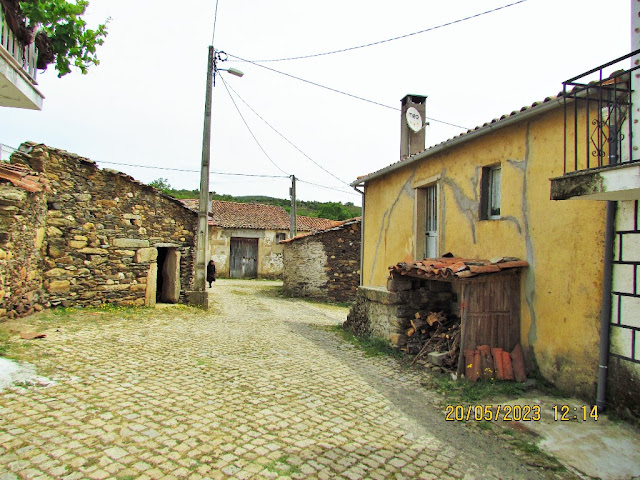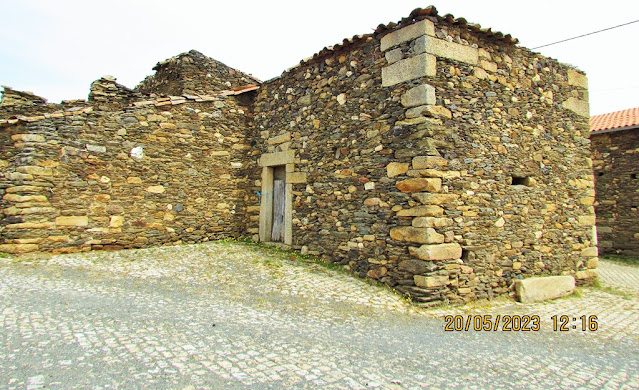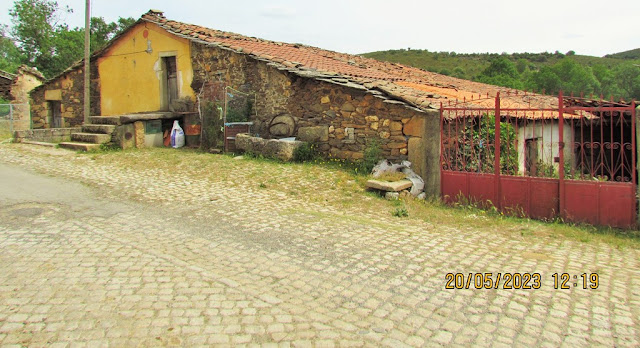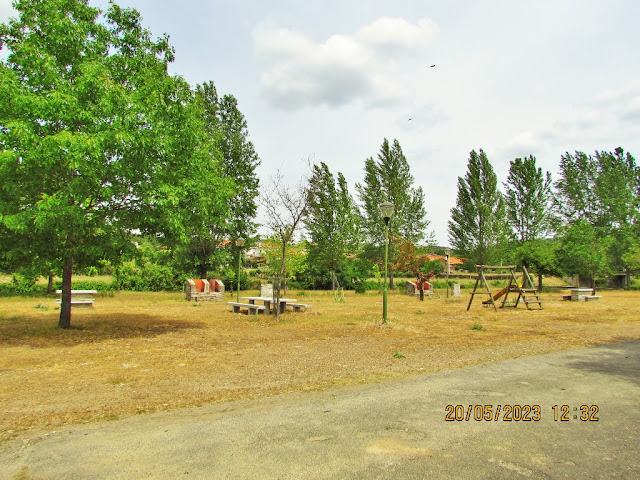CAMPO DE VÍBORAS
N 41.52253º ; W 6.55592º
Campo de Víboras was a Portuguese parish in the municipality of Vimioso, with an area of 24.84 km² and 155 inhabitants (2011). Density: 6.2 inhabitants/km².
It was extinguished and its territory was integrated into the parish of Algoso, Campo de Víboras and Uva.
Etymology
There are two theories regarding the origin of the name of the village. Some historical documents claim that it was the Spaniards, at the time of the war against Castile and León, who, due to the difficulty encountered in defeating the fierce Portuguese inhabitants of this region, who defeated them several times in numerical inferiority, started to refer to these same inhabitants as the "vipers" due to the casualties they inflicted on the Spanish armies.
Others claim that the name derives from the fact that it is one of the few places in mainland Portugal where specimens of the Horned Víboras species have been sighted.
Description
In Portugal, it is considered one of the places with the best quality of life[5], due to the quality of the air, security of citizens, average wages paid in the region and growth prospects, following the recent investments projected for this area by the Municipality of Vimioso .
Festivities
The highlights of this former parish are, without a doubt, the summer festivities. In Campo de Víboras, the parties always last until the next day. Another very important festival in the parish is Nossa Senhora dos Aflitos, which always takes place in April.
💓💓💓💓💓
UVA
N 41.49266º; W 6.50983º
Uva was a Portuguese parish in the municipality of Vimioso, with an area of 34.59 km² and 131 inhabitants (2011). Density: 3.8 inhabitants/km².
It was extinguished and its territory integrated into the parish of Algoso, Campo de Víboras and Uva.
In this village the Mirandese language is spoken.
Grape Dovecotes
The village of Uva, a small settlement, has unique characteristics. Located on the banks of the Ribeira das Fragas, the village allows us to discover some traditional and very peculiar architectural elements, the dovecotes. These have a horseshoe shape, with one or two waters, and would once have allowed pigeons to be raised to feed the population (younglings) and fertilizer for the agricultural land (pigeon).
Nowadays, there are about 30 lofts recovered in this village which, in addition to the purposes they once had, also contribute to the maintenance of populations of some emblematic birds of prey, such as the Bonelli's eagle (Aquila fasciata).
💓💓💓💓💓
VILA CHÃ
41.53423º N; 6.50433º W
Vila Chã, also known as Vila Chã da Ribeira, is a village with 29 inhabitants. It belongs to the municipality of Vimioso.
On the way out of the village, on the banks of the Angueira River, there is a picnic area.
As for the toponym Vila Chã da Ribeira (it was an independent parish), it is related to an economic unit from Roman times, the famous “villas”, and to the topography of the place, a prairie (chã)
During the reign of D. Dinis, the parish was the subject of a question regarding its possession, which was intended, without any reason, by the Hospital order. The Crown would donate it during the 14th century to various noblemen.


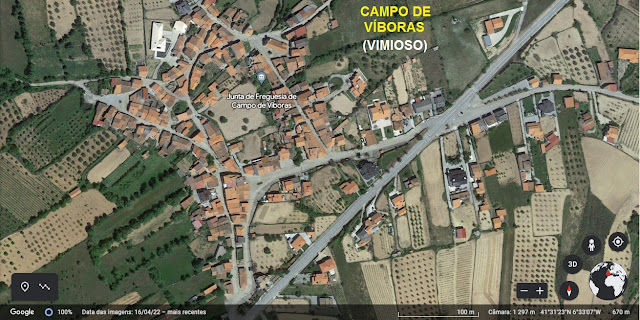















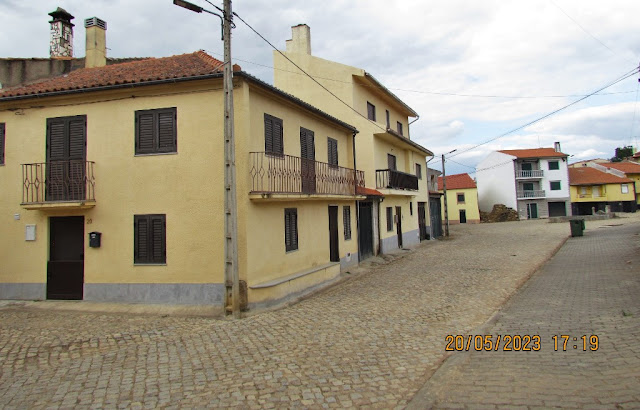






















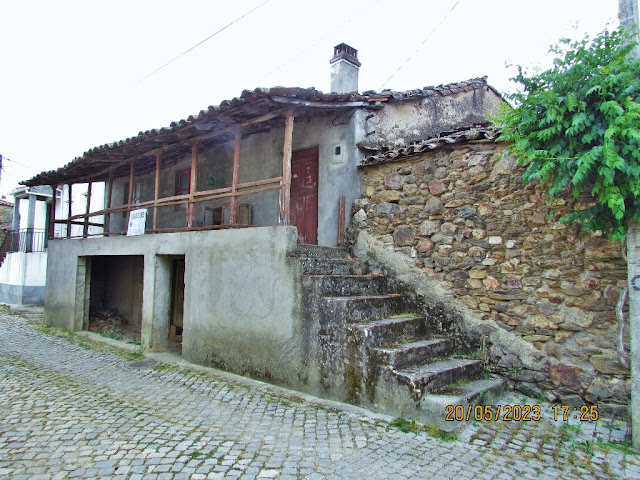


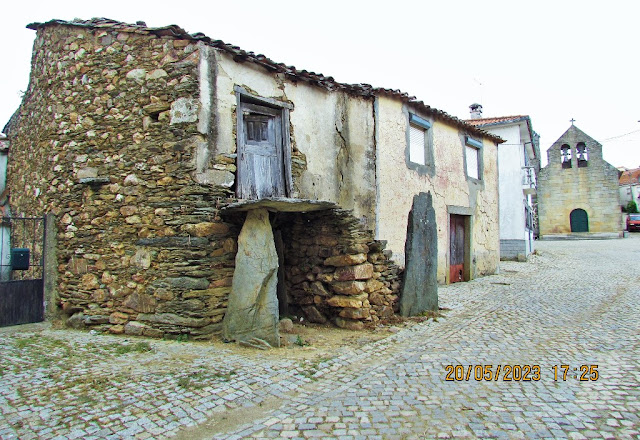

















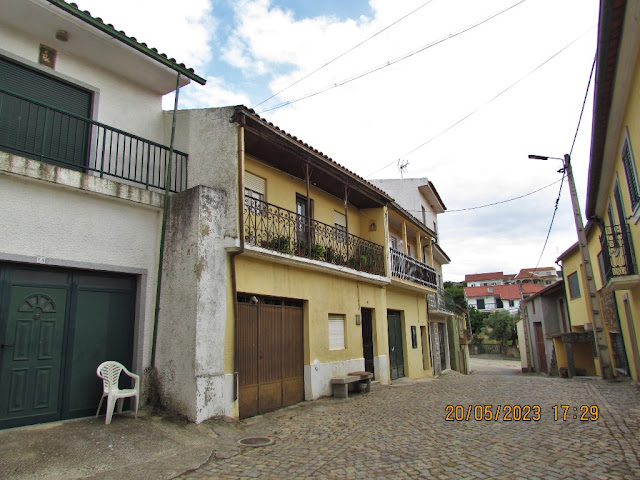
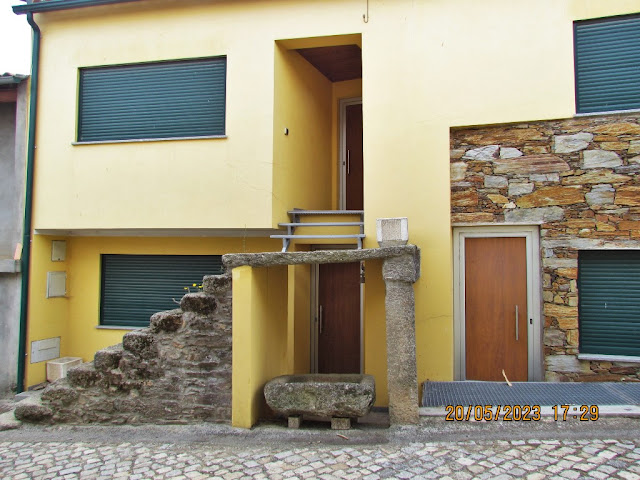
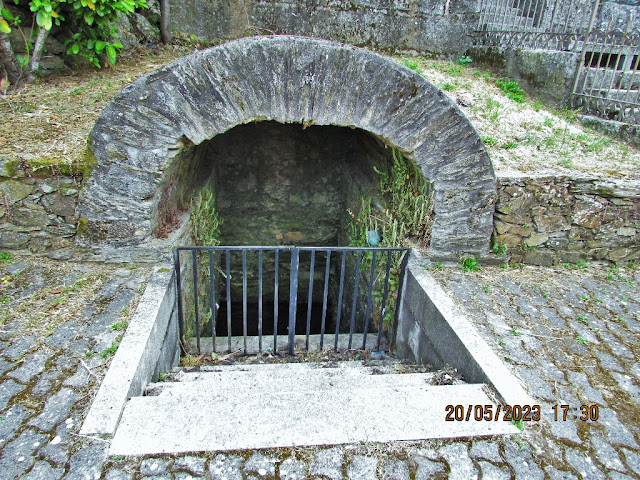

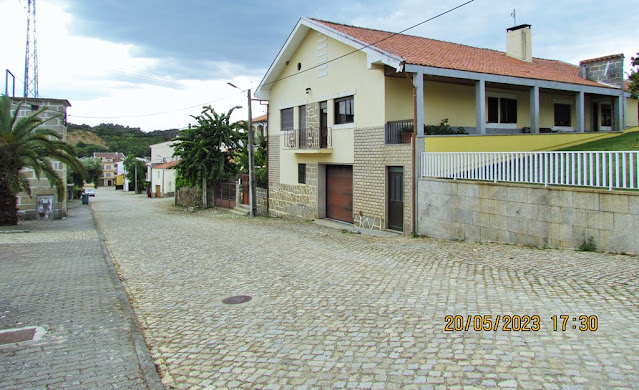























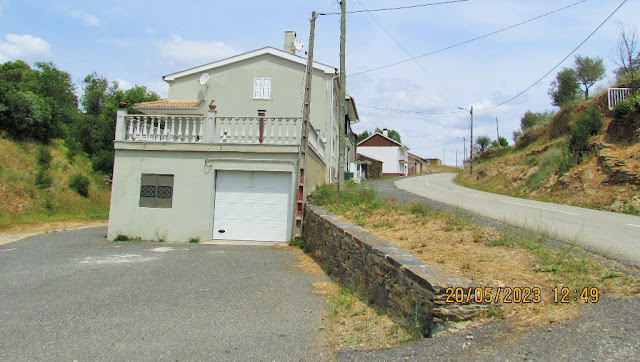







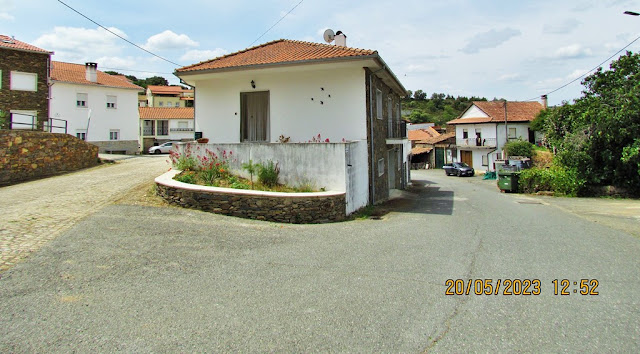














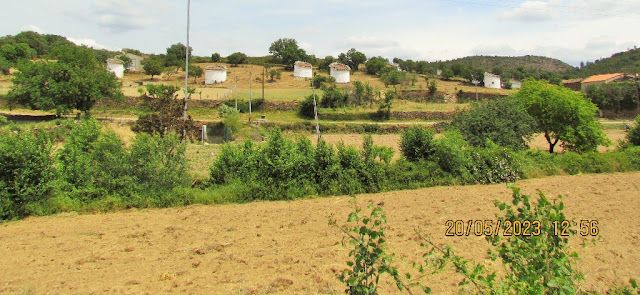















































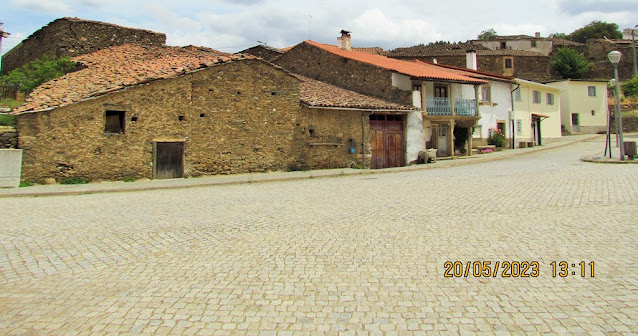







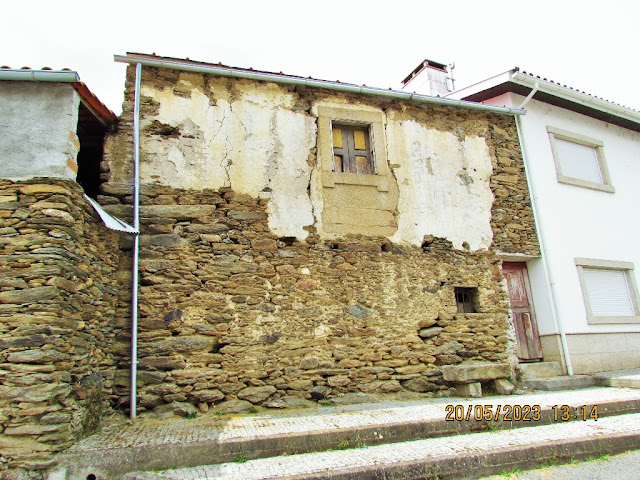










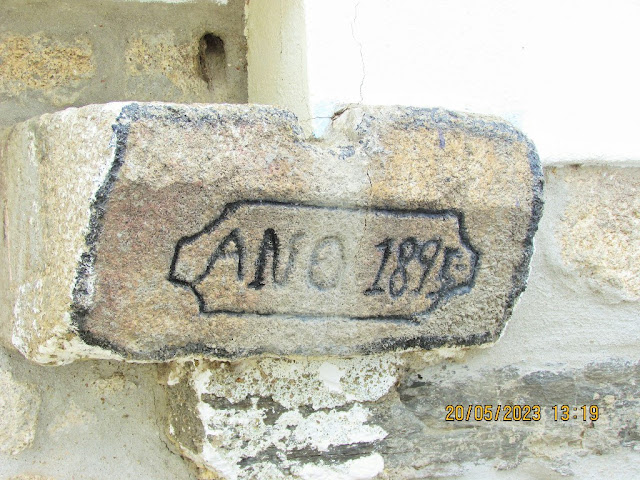






















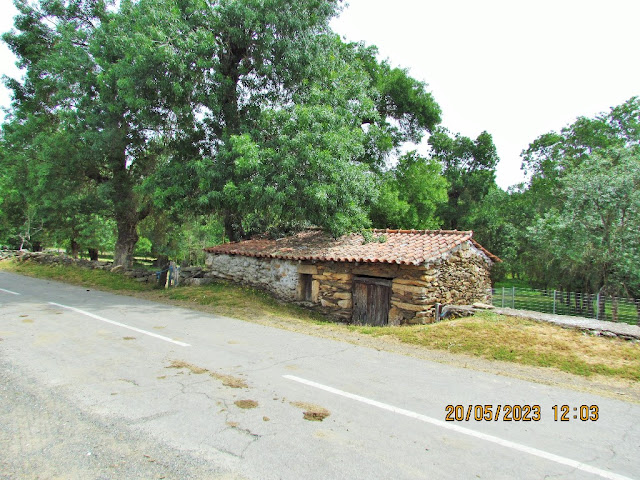
























.JPG)



